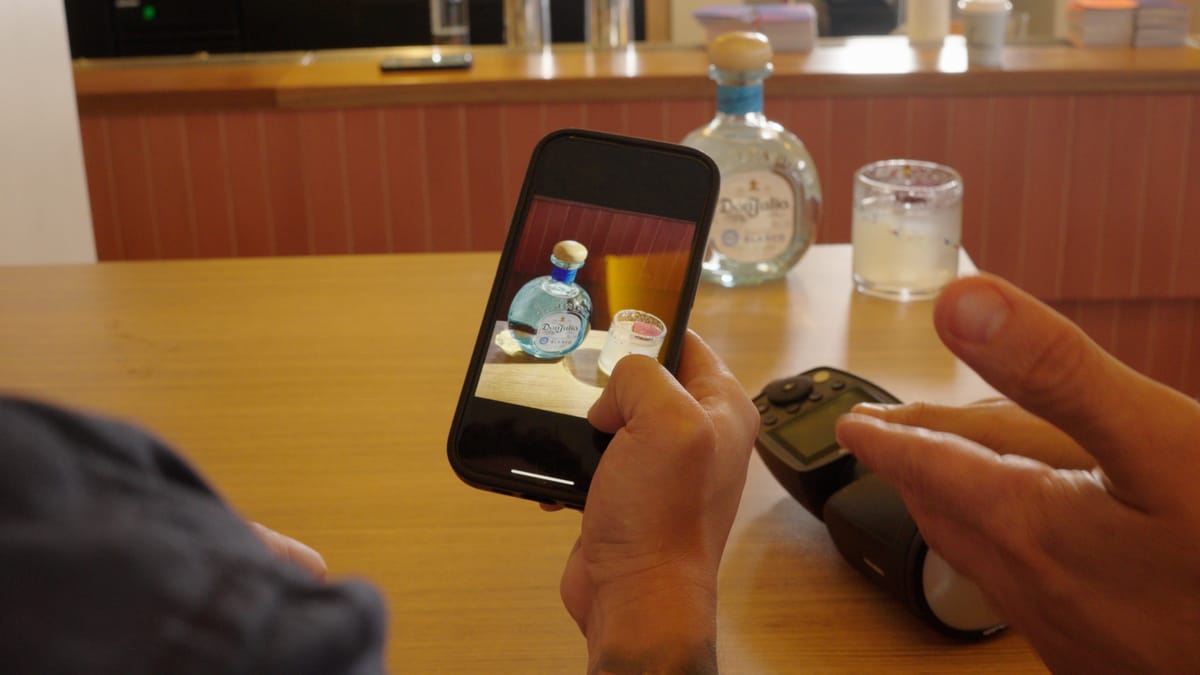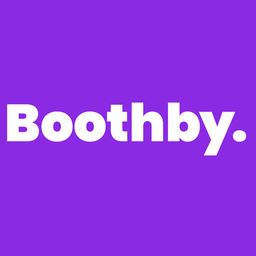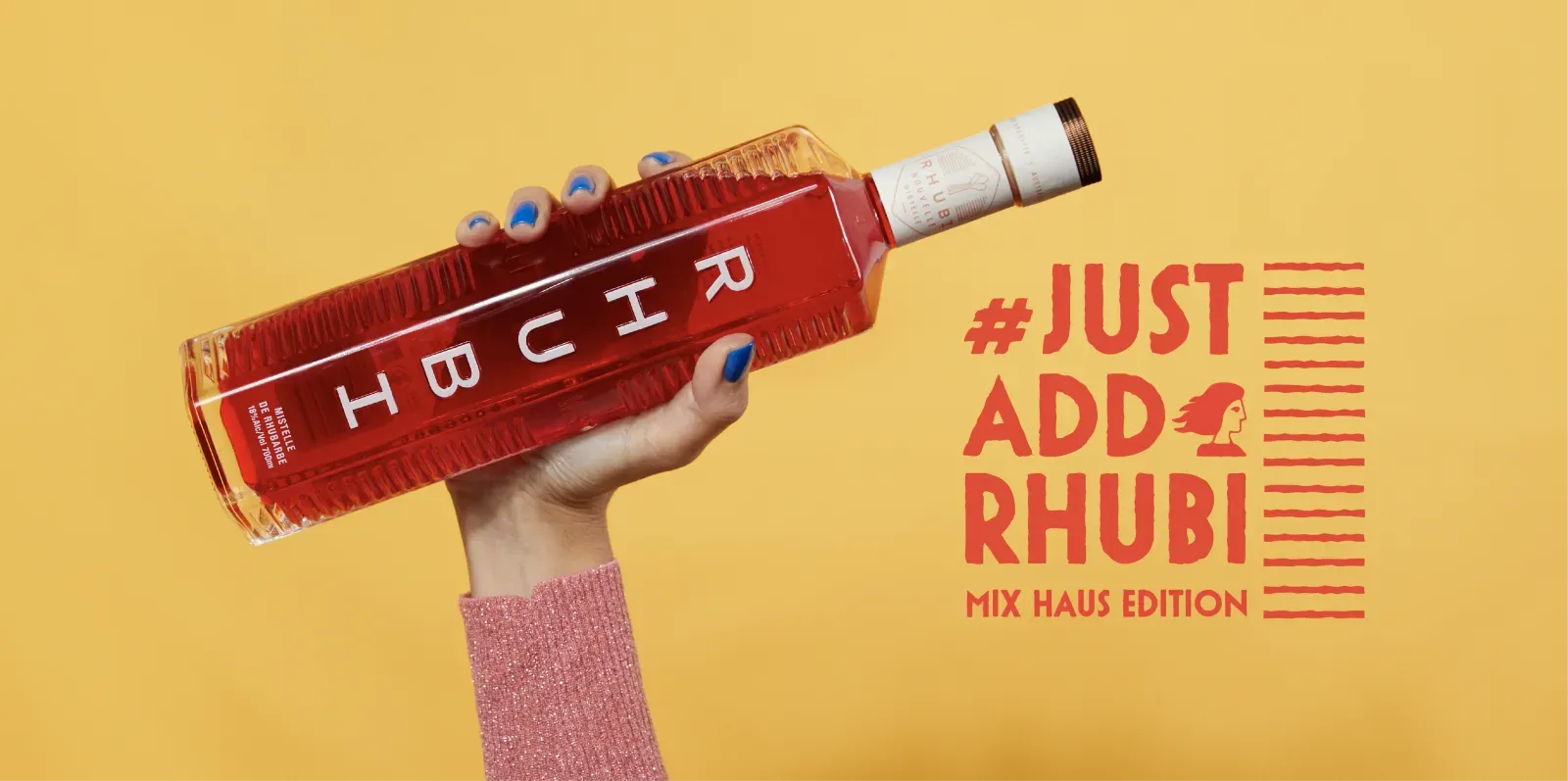
Since the launch in late September, RHUBI and Mix Haus have seen over 60 entries from talented bartenders all across Australia. The top four finalists have now been selected and are invited to the live finals at Centro 86 on 25 November, where they will showcase their creations to the crowd as part of Mix Haus fundraising event.
The finalists are: Isobel Friel, Caterpillar Club (NSW); Charlie Hunter, Savile Row (QLD); Alexandra Percy, Sante Cocktail Bar (QLD); Jac Landmark, Bar Love (WA).
Make sure to grab your tickets to the live finals, register your details via the Eventbrite link here. This female bar takeover will see the 4 finalists showcase their creations, each taking centre stage for 30 minutes to create their cocktail for all attendees to try. At the end of the night the winner will be announced!
The below story appears in Bottled magazine — you can get a copy of the first issue at bottledmag.com.
We live in a world stuffed full of photos. We have cameras with us whatever we do, and that means that whatever we do is out there for the world to see.
And, as it turns out, we want to take pictures of the things we like to drink, the places where we drink them, and the people we’re with when it happens.
Some of us capture the moment better than others, but it’s rare that they’re ever as good as a professional snapper — someone like Christopher Pearce. Pearce is among Australia’s best drinks photographers, having specialised in the field for over 10 years. But he didn’t start out taking photos of food and drink.
“I studied,” Pearce says. “I went to a commercial art school, I worked as an assistant, and then I treated it like a trade, but always with the artistic endeavour at the end.”
How does a static, two dimensional image come alive? What can you do to arrest the attention of the viewer? These questions will only become more important; the coming wave of AI-enabled apps and cameras threatens to flood our feeds with what the media journalist Peter Kafka has called a tsunami of crap.
At its most malicious? Deepfakes and misinformation. At its most banal, and in the greatest quantity, it will be AI-generated images of dishes and drinks that look nothing like their real world counterparts flooding food delivery services. Surely this is not the future you ordered.
“You’ve got to shoot real things,” says Pearce. “Say you’re a restaurant, and you create this dish — that’s a real thing. And it’s actually there, you can go and get it and eat it. You could ask an AI to do it, but it wouldn’t be what you’d actually get from that business.”
Like many photographers out on their own, Pearce does a lot of work for brands. But as he says in the chat below, he works best when he uses the skills he learned as a photojournalist to go and find the story — not working to a tight brief created in the marketing department.
“You document what’s going on and then you tell the story based on what you’ve captured,” he says.
“In most situations I’m lucky because I have a one-on-one relationship with clients who don’t really go through any agencies. They put it on me to create whatever I want.”
And one of those clients is Morris, a relatively new addition to the Australian whisky space; some of the work Pearce did with their story of the whisky’s creation is below, too.
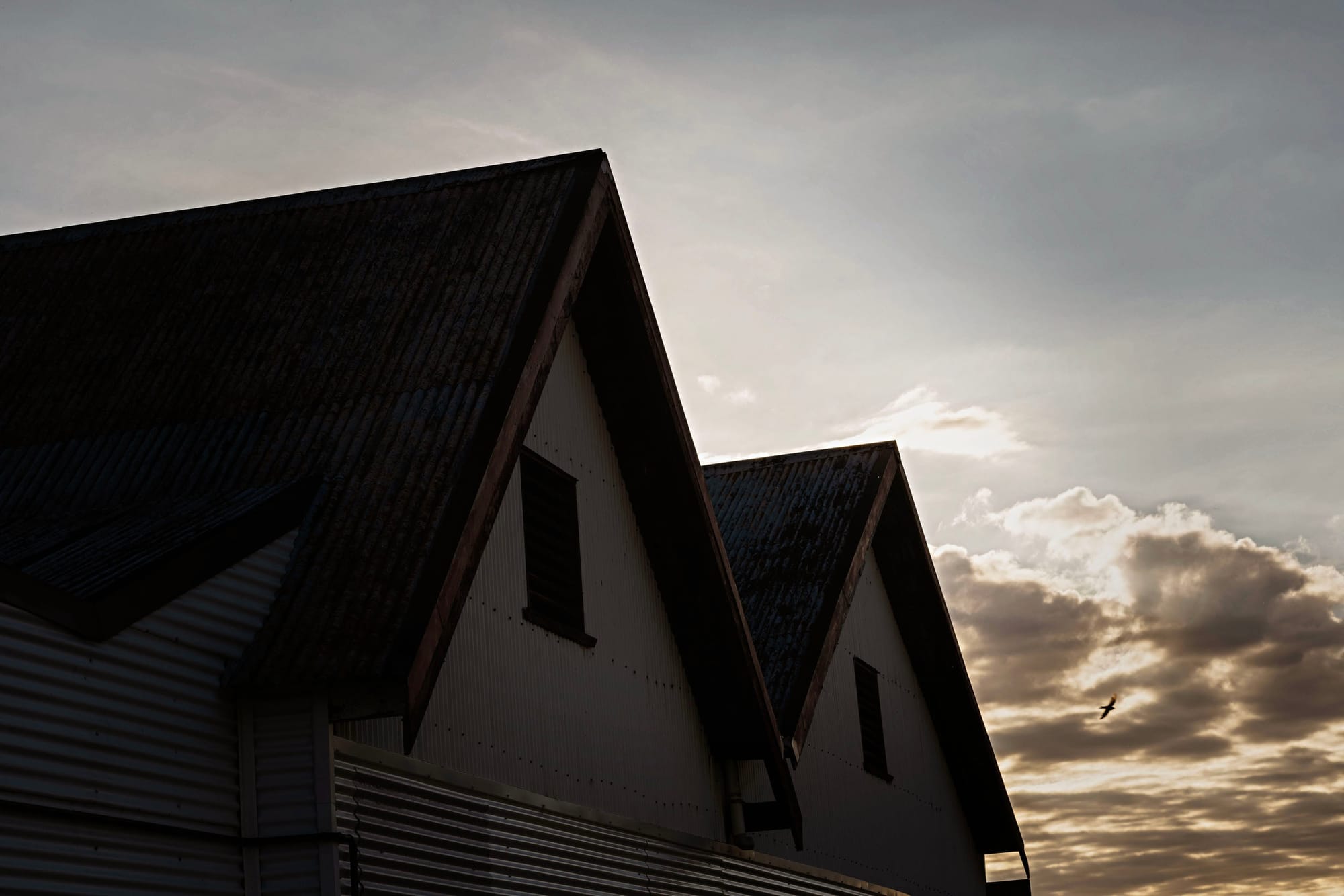
As told to Bottled.
It starts when you get approached. Most of the time, for me, I never ask, never chase anything. I don’t even have an email or a phone number on my website. You have to get around the agencies, direct to whoever their marketing person is. That’s where you can say, well what do you guys want to do?
Briefs are very narrow, and you have to do what they say. Most of these people, they’re not very creative; they look at Instagram, they just want something and they want to move to the next job.
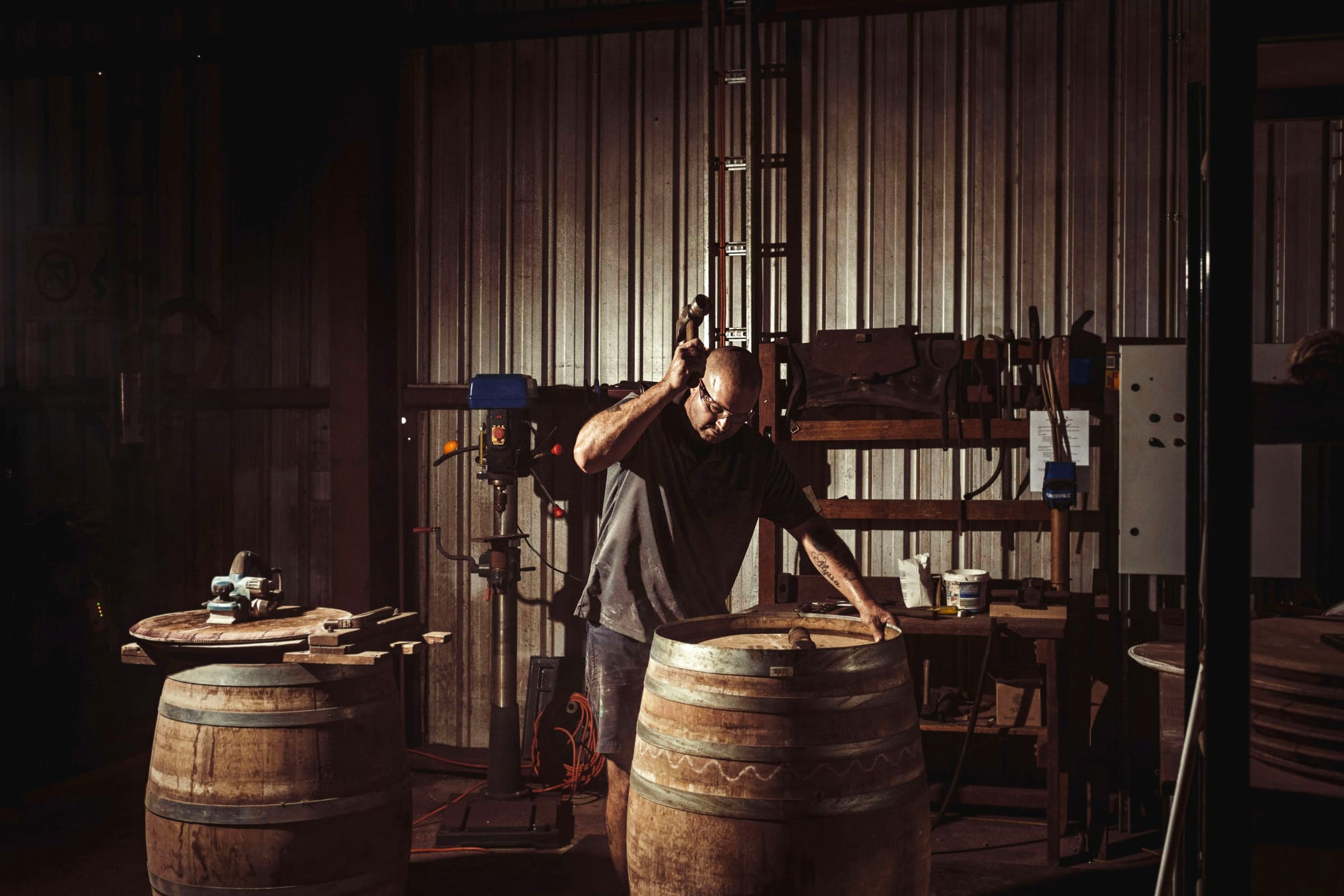
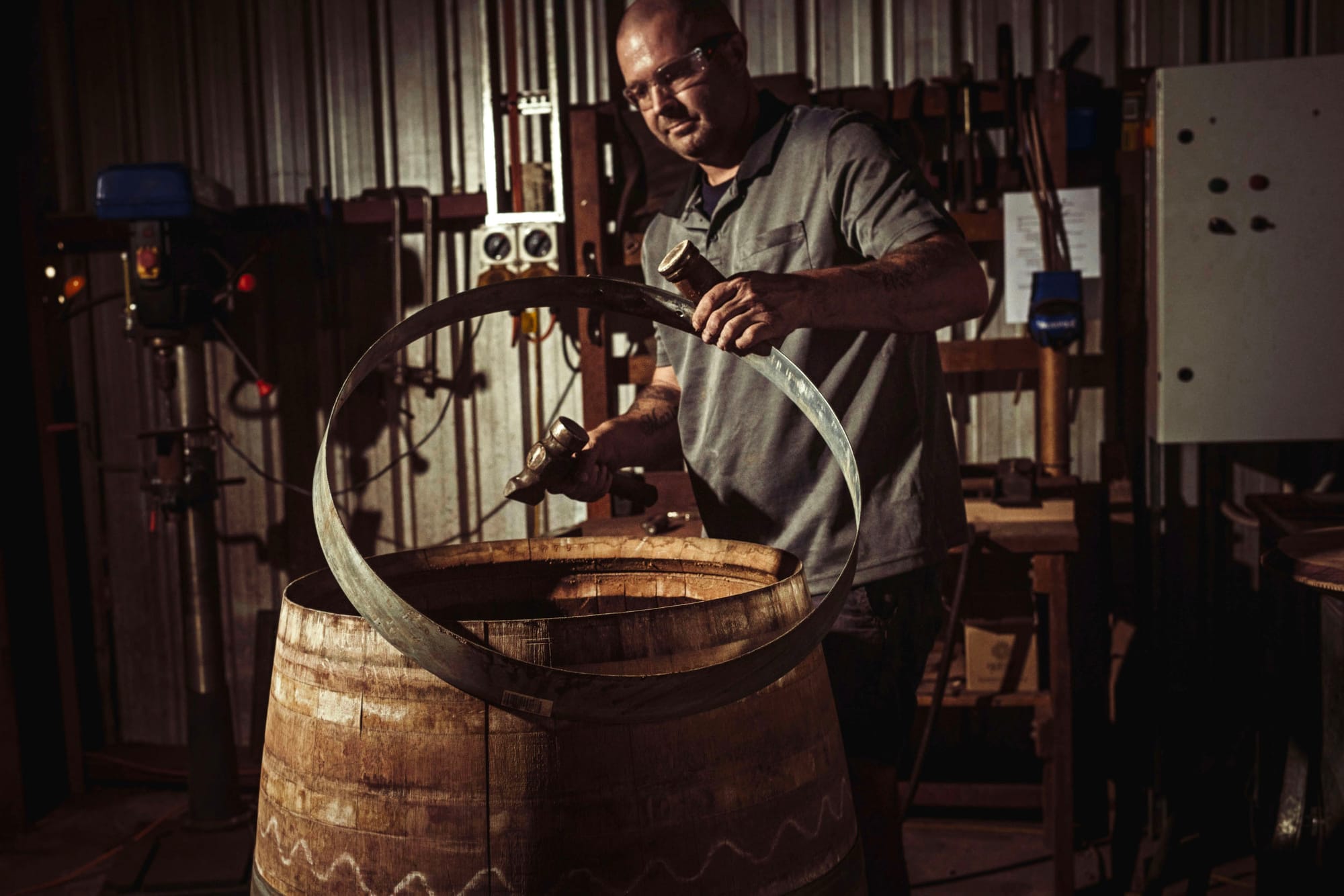
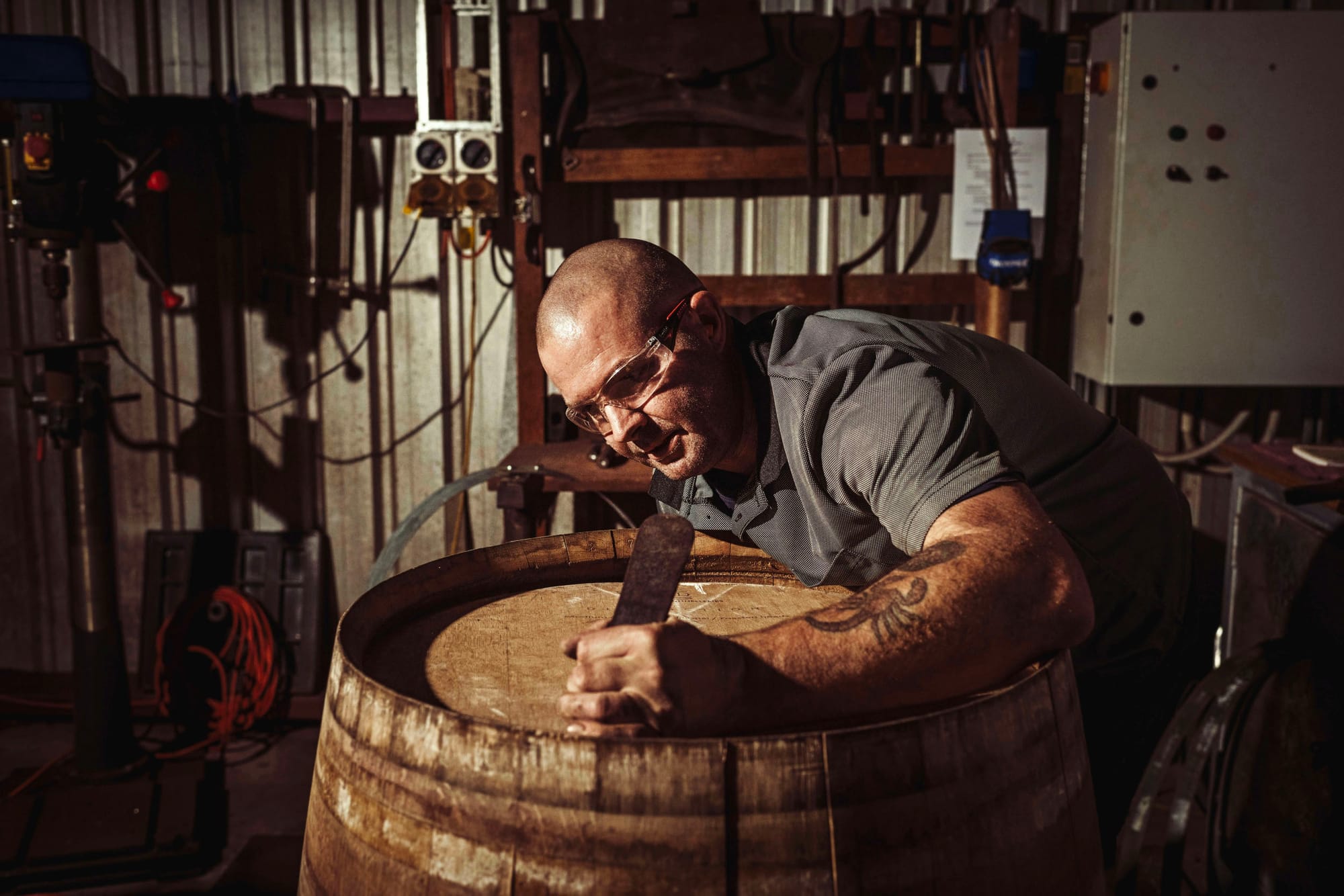
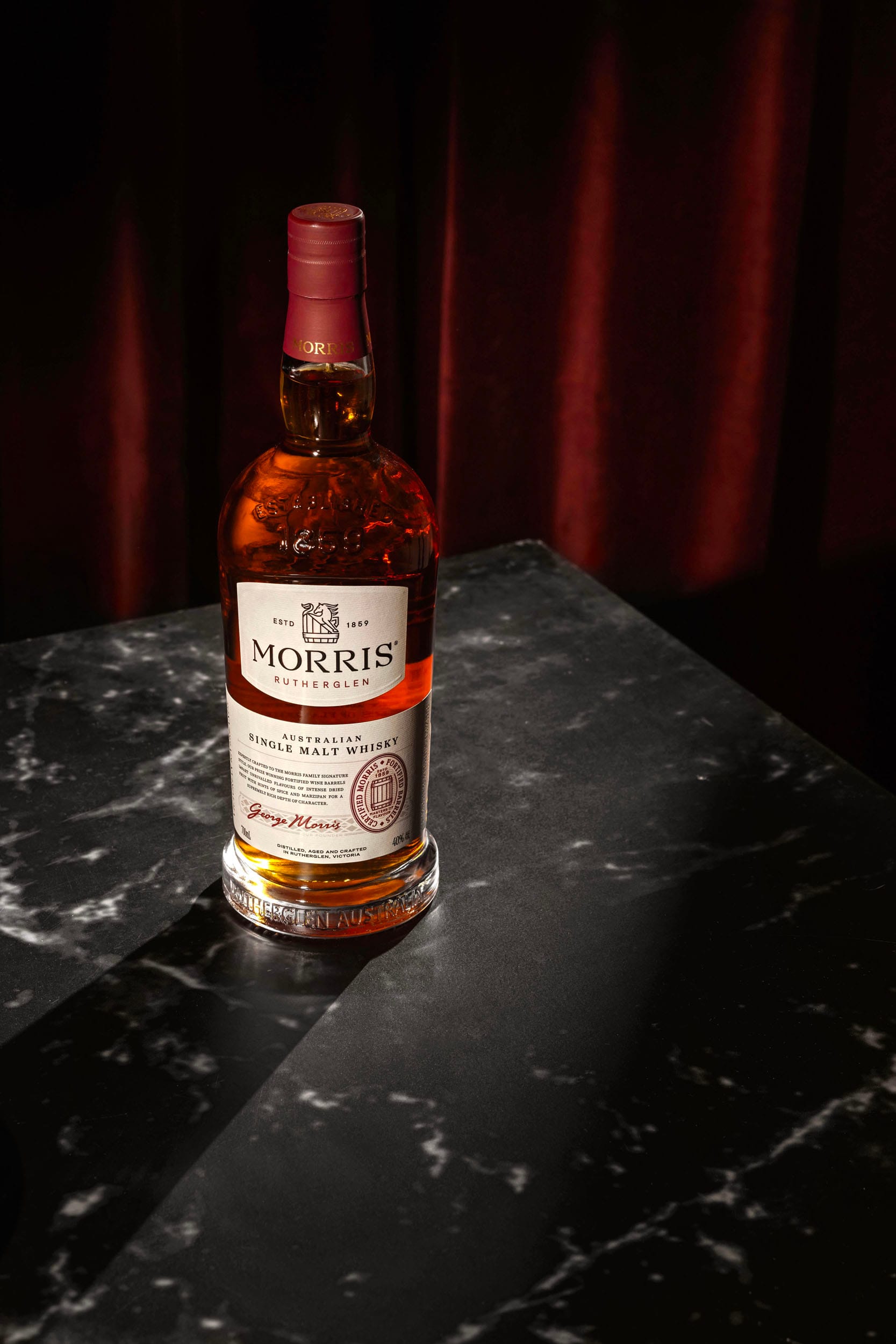
Photos by Christopher Pearce.
With the Morris job, (see the photos here) I knew someone who worked there, they were employed to launch that whisky brand. And they had nothing — all they had was a winery and some old photos. Nothing really comprehensive and creative. So I had a chat to them, to come up with what do they want us to show?
I’m just thinking, processing: how can I make this look good? In a sense, most of it will just be documenting; we have to go to the winery, see what it’s like, and document whatever’s there, but then really bring out the richness of life, the age, the hands-on feel.
I went down for a few days and I shot the barrels, some of the winery and then the cooper. Once we had all these assets, there was a process with the client, going back and forth, figuring out how to make it into something.
I used to be a photojournalist. You always look for the story rather than trying to make something sexy — rather than trying to make something pop on Instagram. You document what’s going on and then you tell the story based on what you’ve captured.
Where AI is going to take over isn’t where I am. It’s a generic thing, which a lot of photographers, a lot of creators do. That’s almost all already gone.
It’s back to my documentary days is to focus on real things, whether it’s a real product, a real person, a real place that people can get or go to or taste.
When it’s a product. You think that’s pretty boring. It’s a product. You’ve got to find the story behind it. Who made it. Where’s it from. In my mind, I’ve got an inanimate object, it looks similar to other people’s objects. Yes, it has a story behind it, but everyone has a story behind it. So you have to show that.
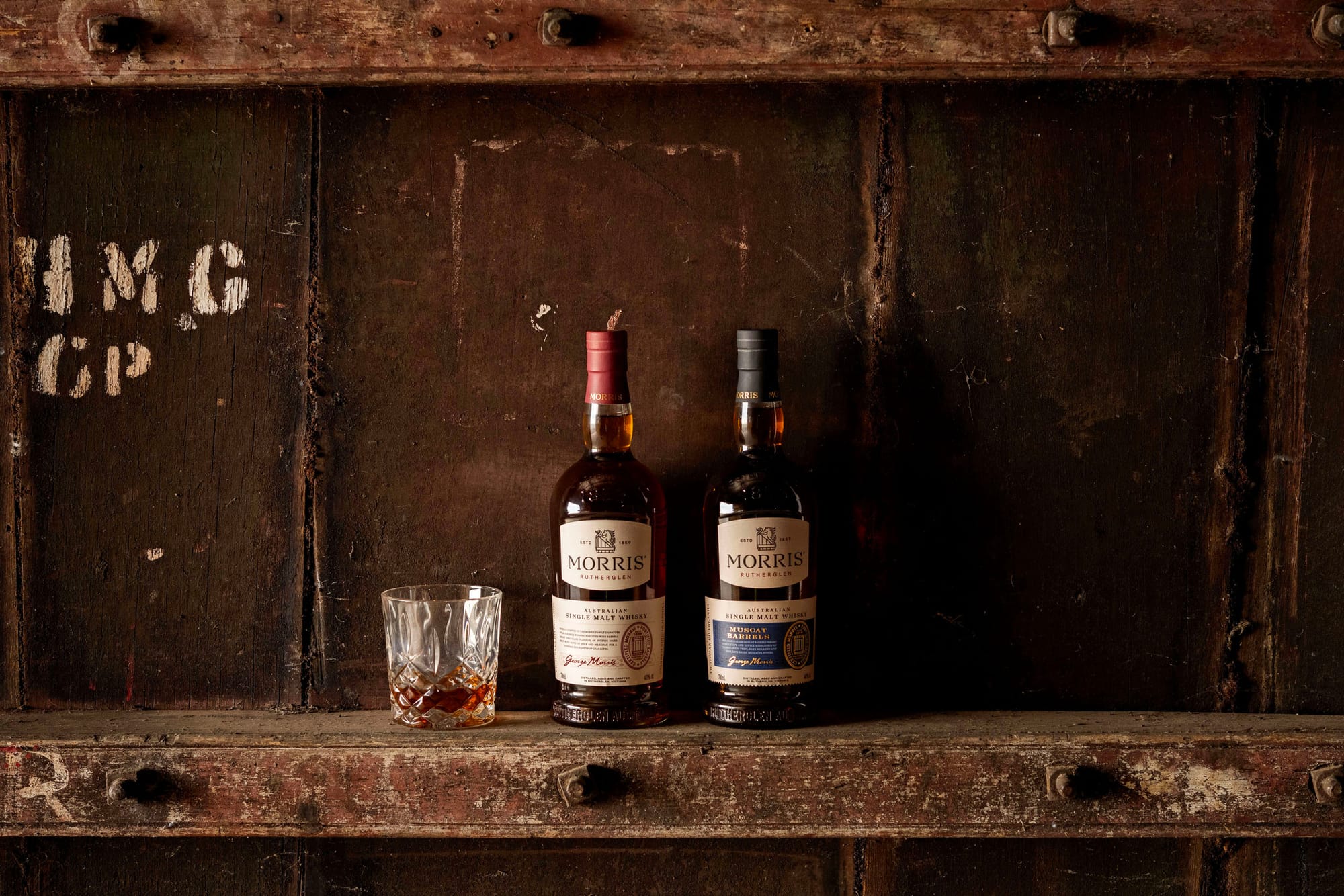
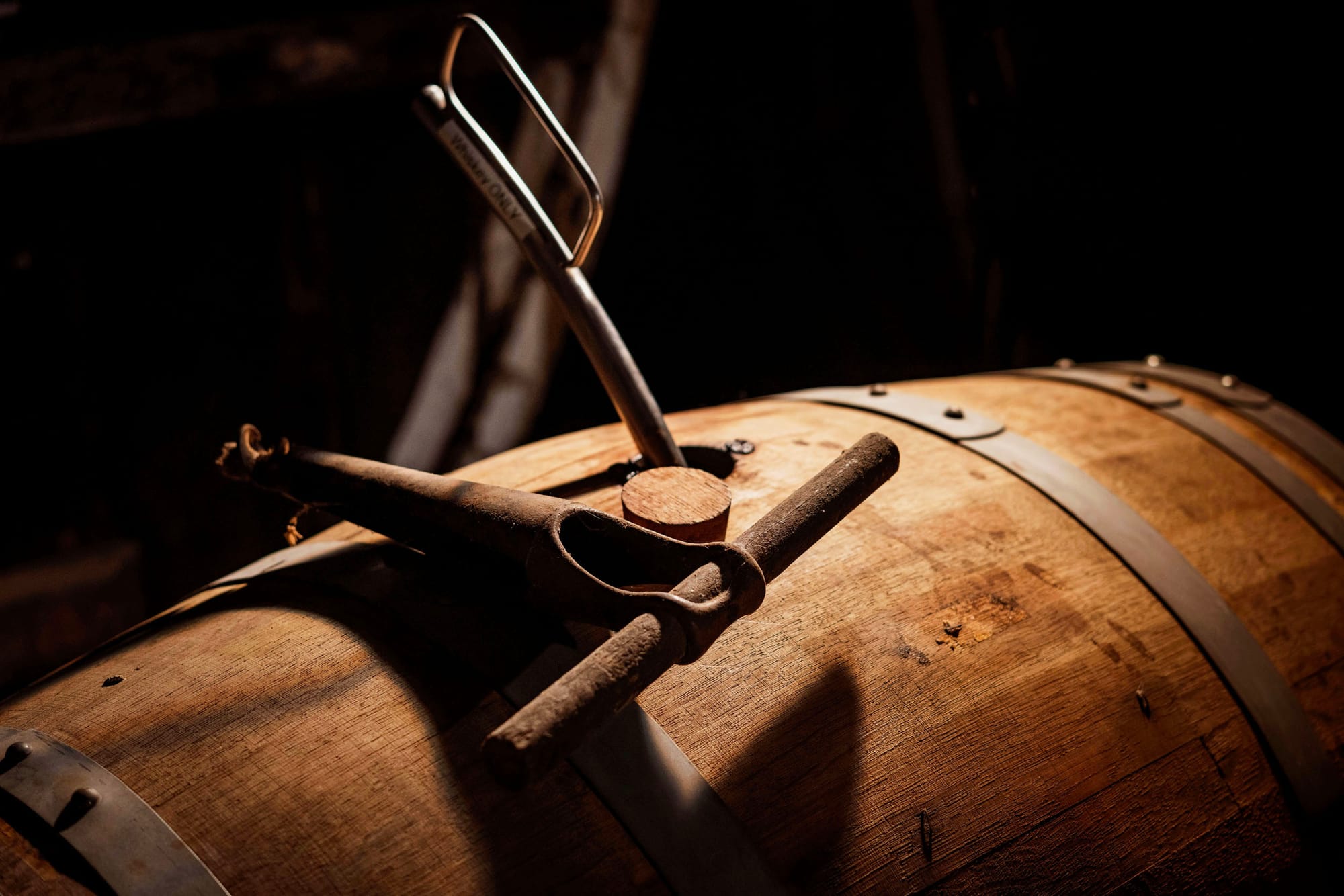
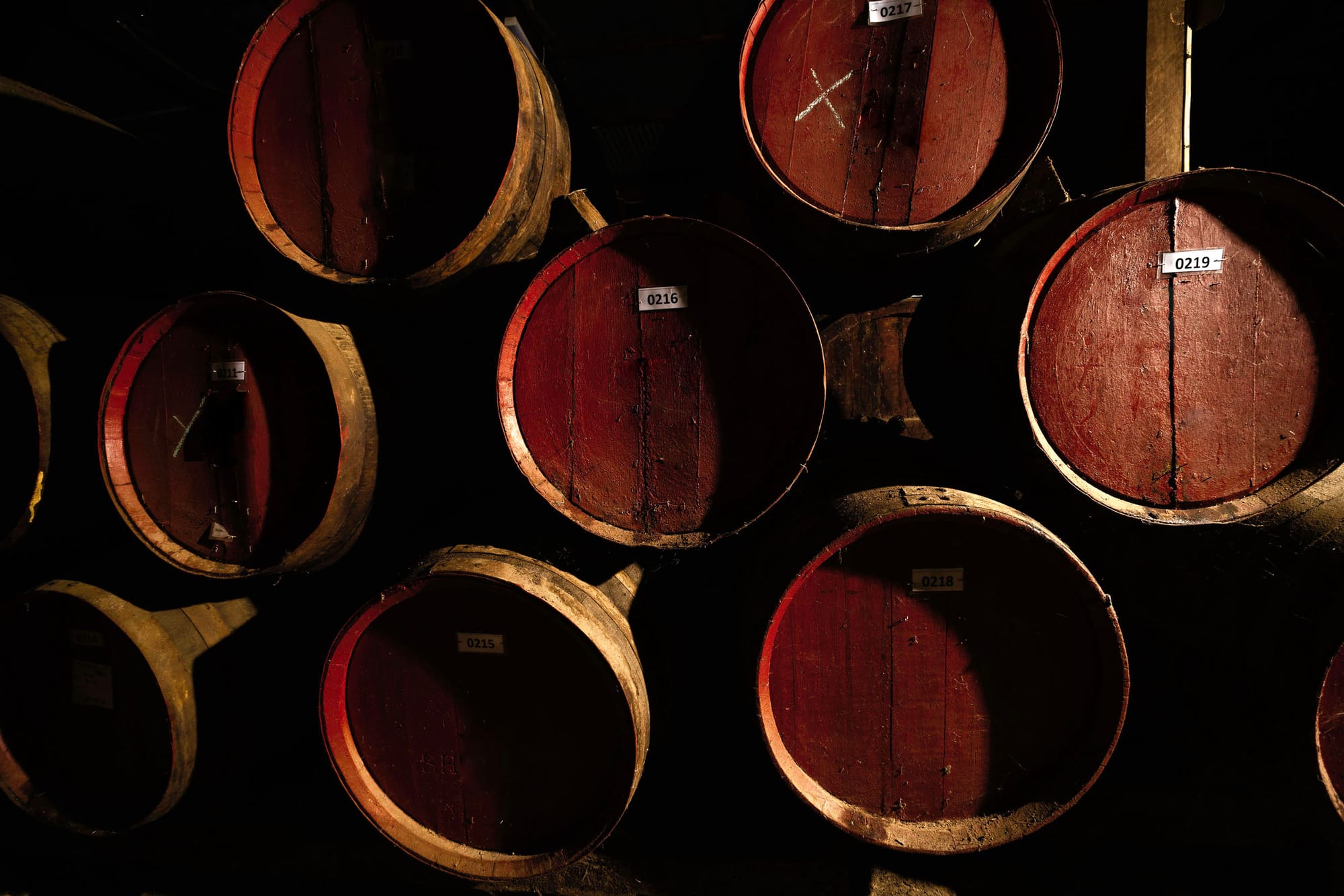
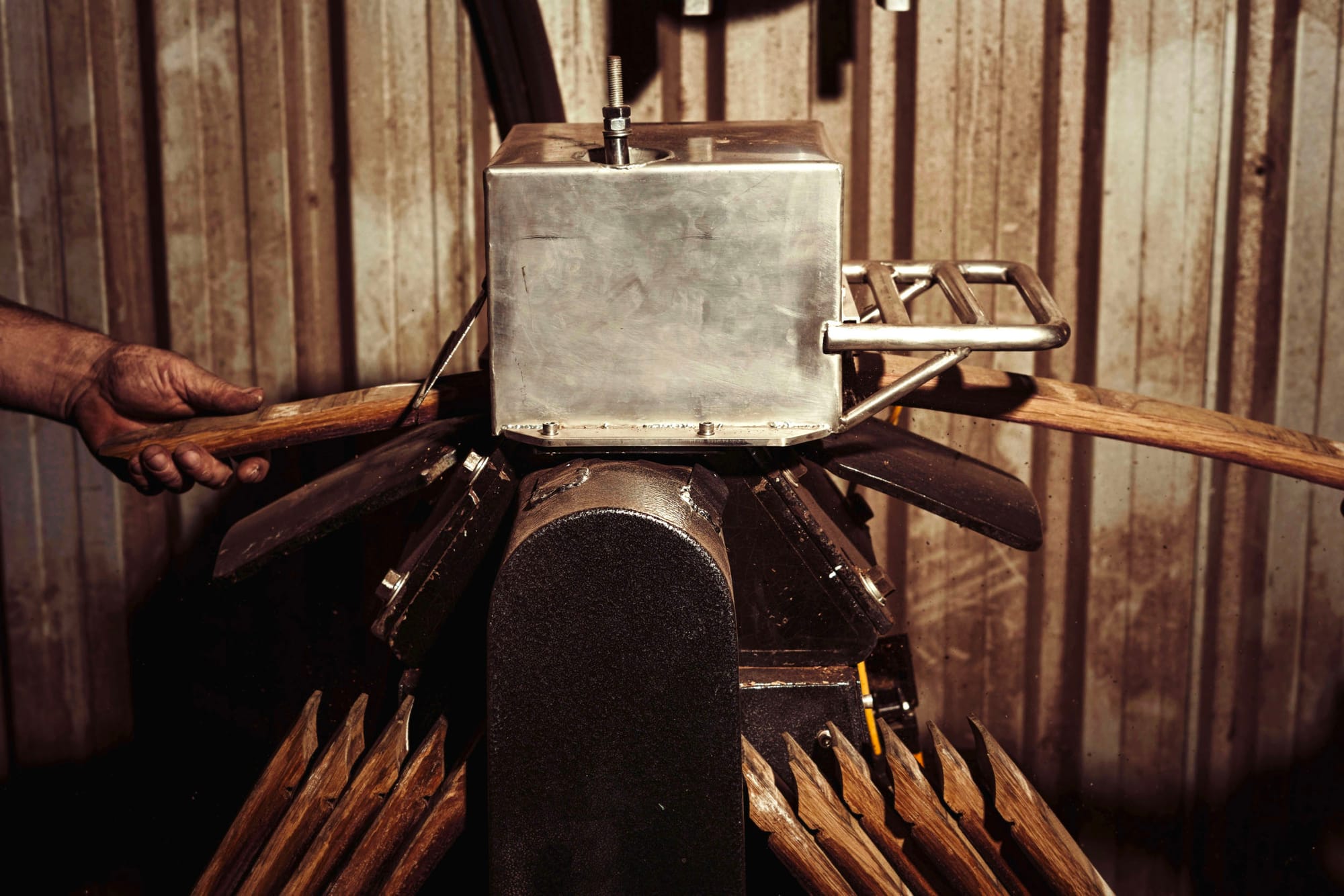
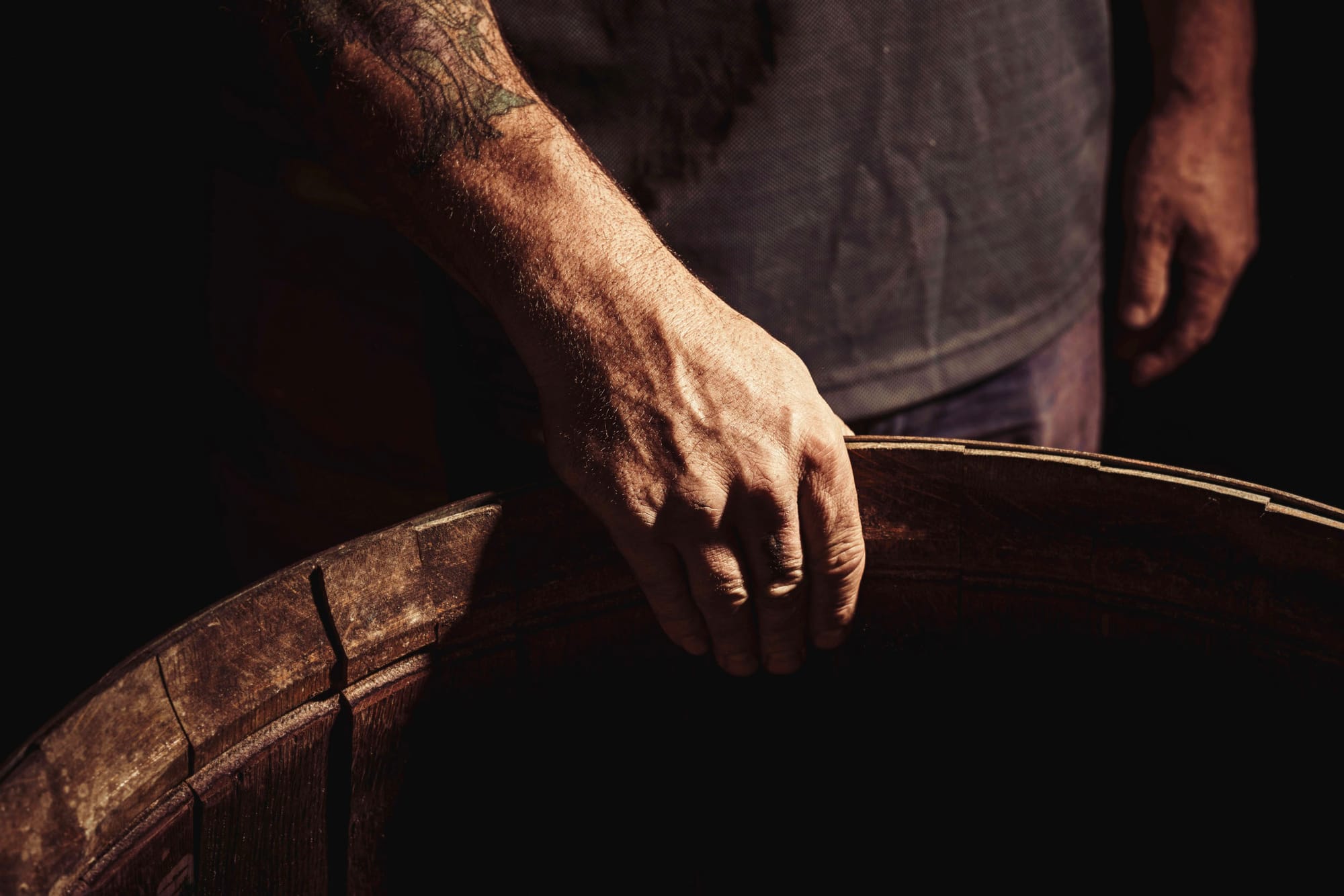
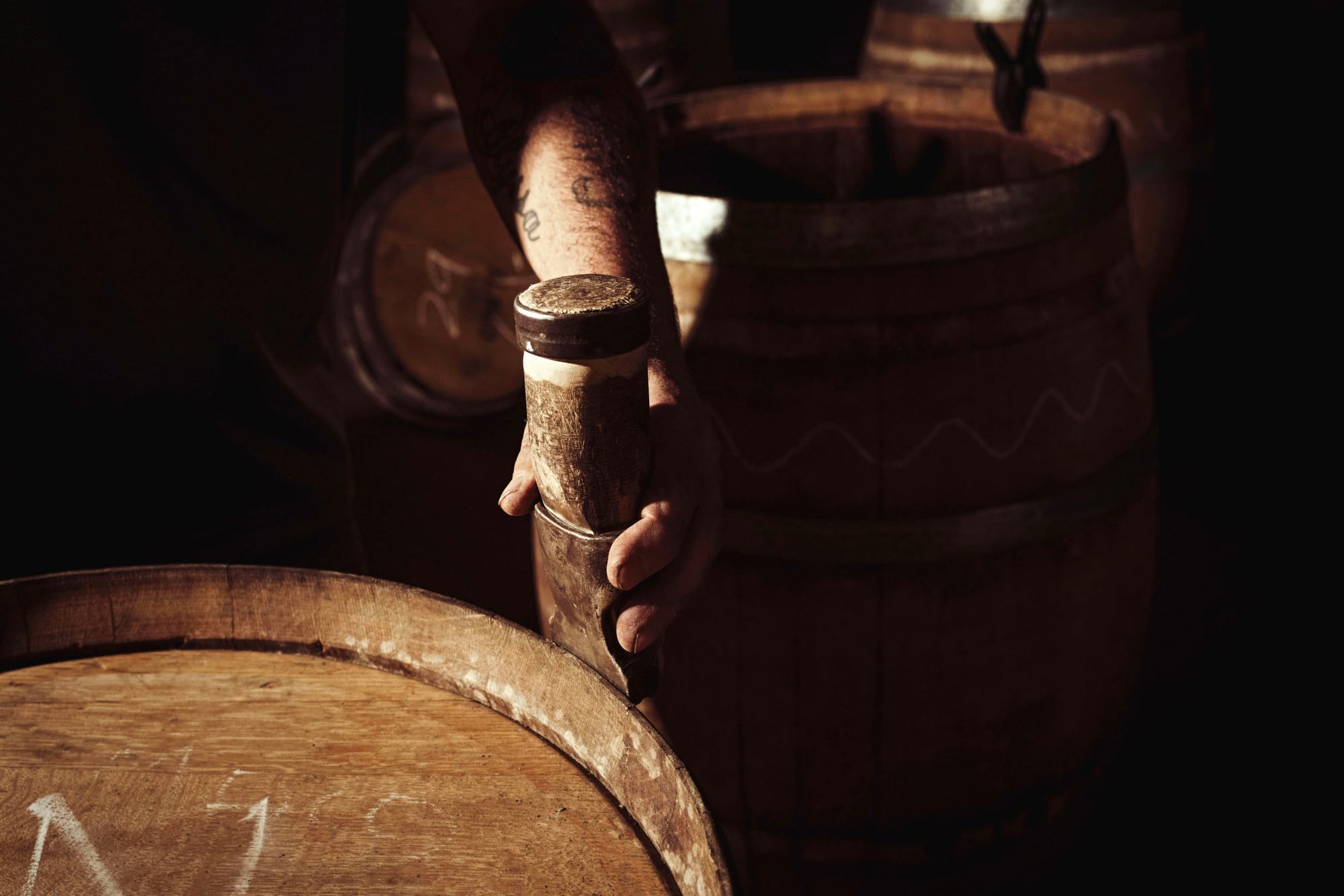
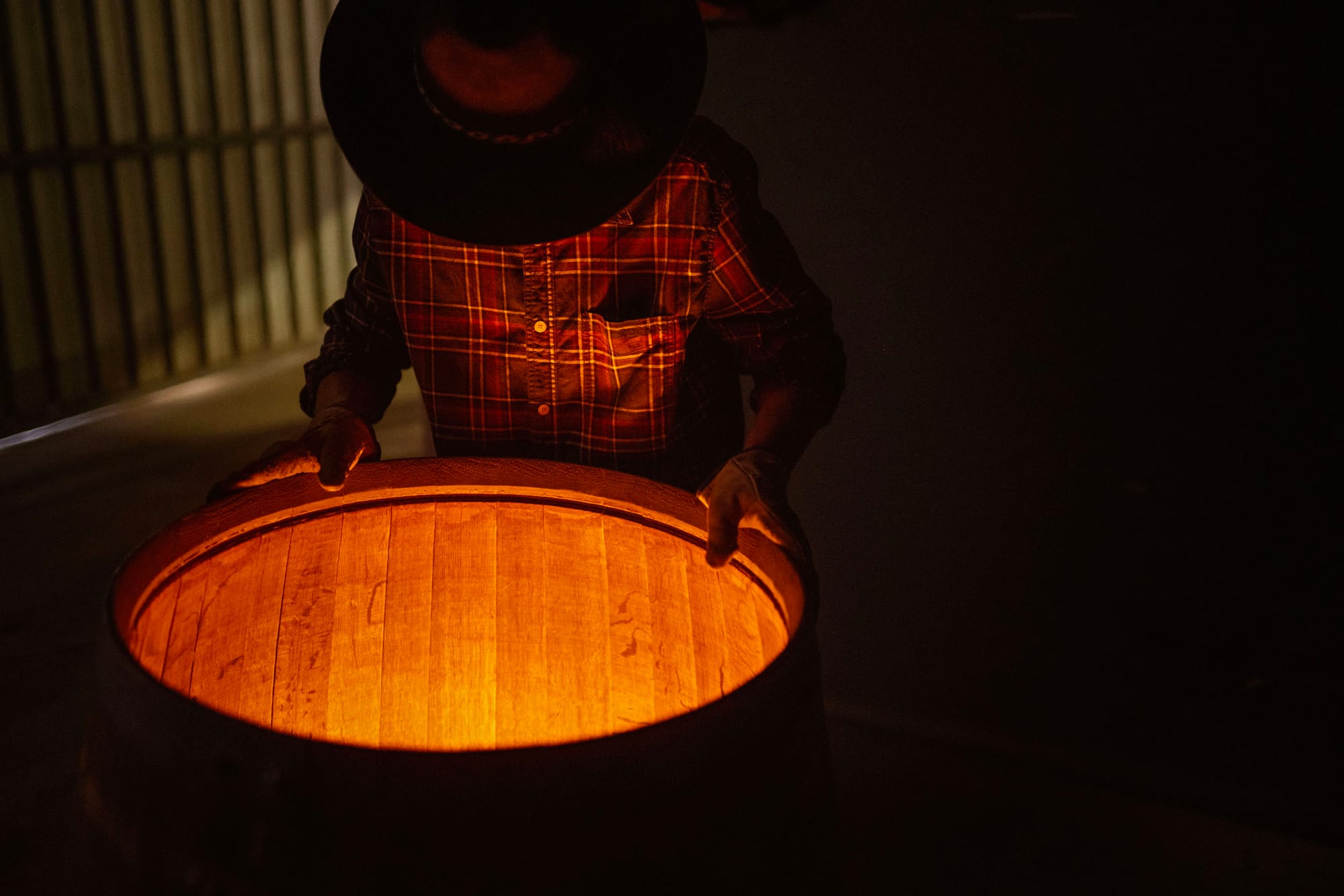
Photos by Christopher Pearce.
It’s levels. You’ve got to show the product. If you can be in a setting which represents their story, that’s great. Then you start to add elements of design to your photo: colour contrast, texture, shapes — all of that starts to elevate the story a little bit, it gets people visually interested. Then if you add a human element? Something’s going on in the picture that’s more interesting than a bottle of another brand — you’re percolating the thought in people’s heads that something is happening. There’s a story behind this. It’s up to the viewer’s discretion to decide what’s going on.
I’m really happy that I did eight years as a photojournalist to become a storyteller. There’s a lot of people these days I see coming up, they’ve learned on YouTube. And they get a good photo here and there. But you look at the rest of the work, it’s poor to average.
